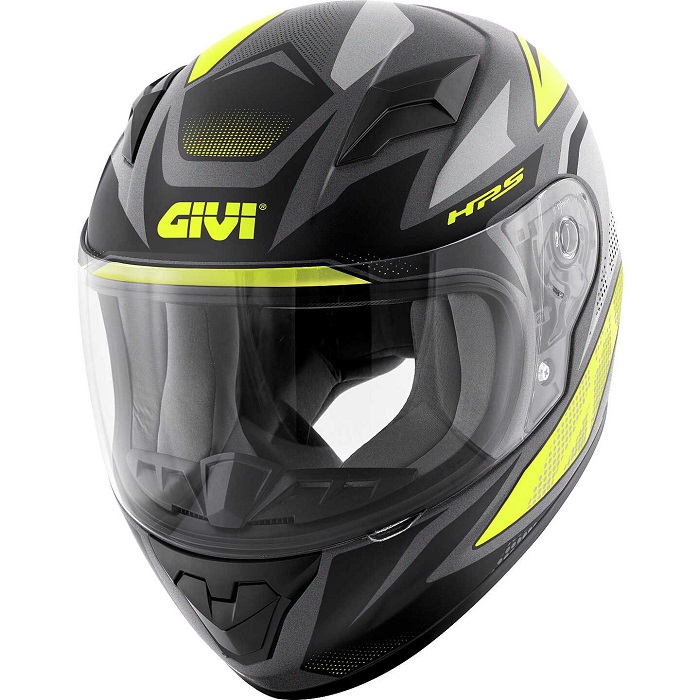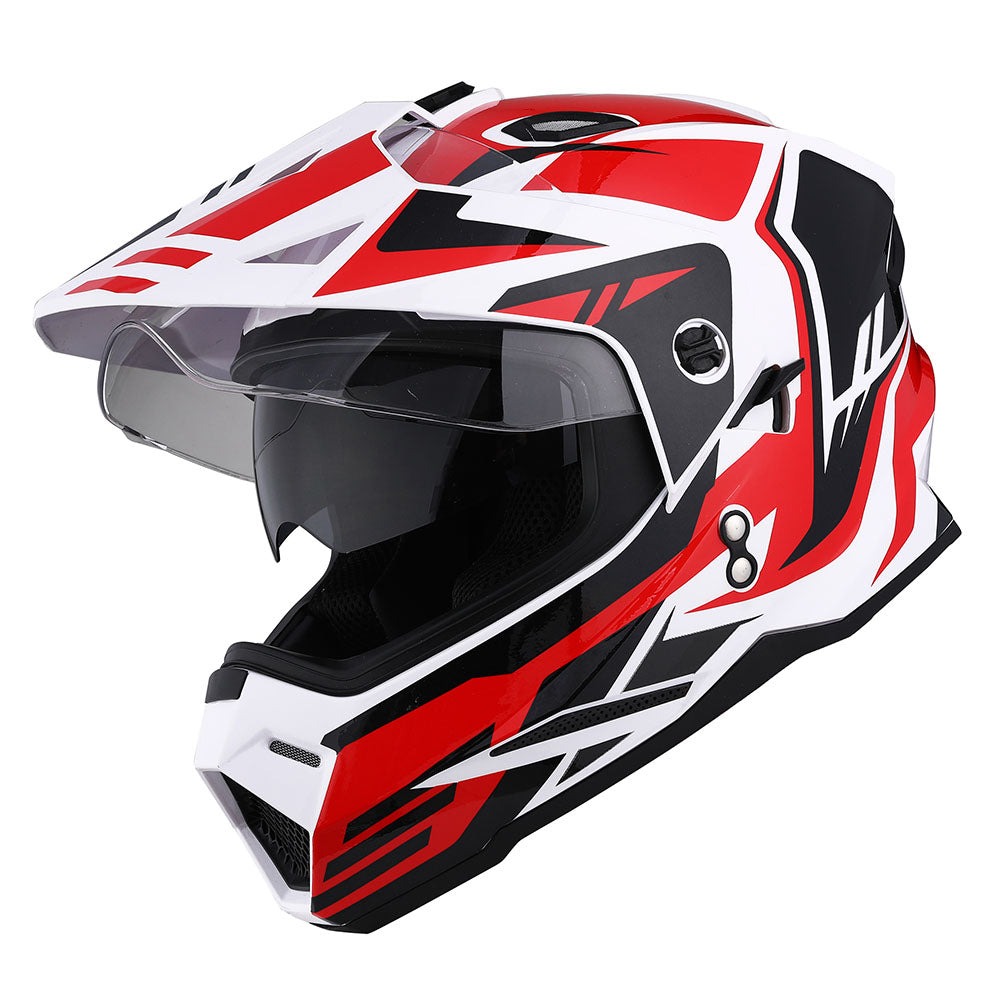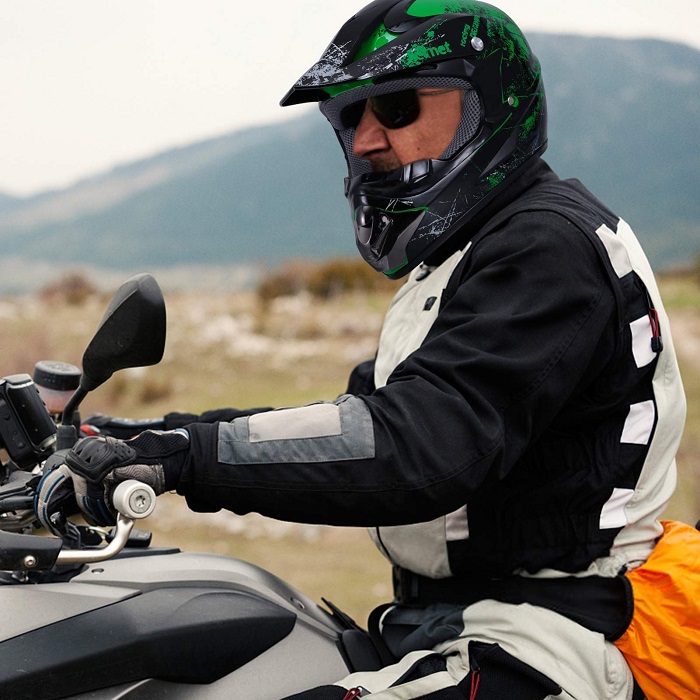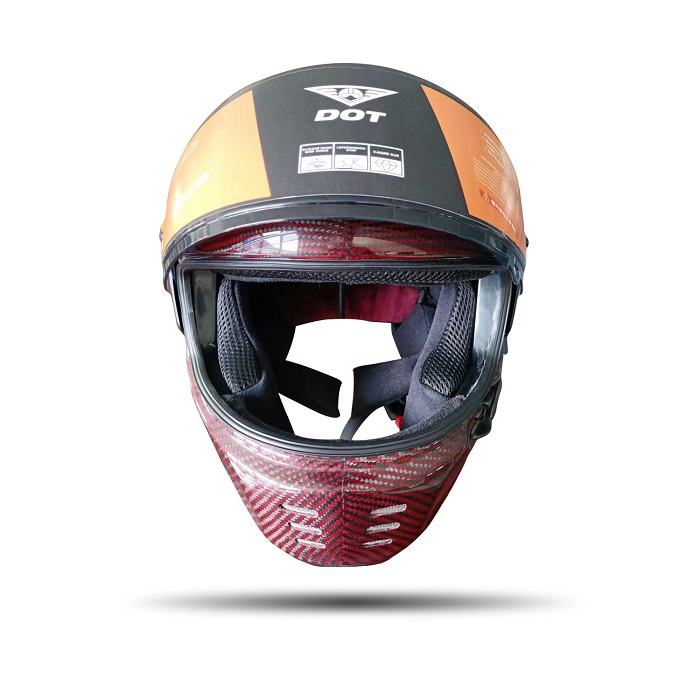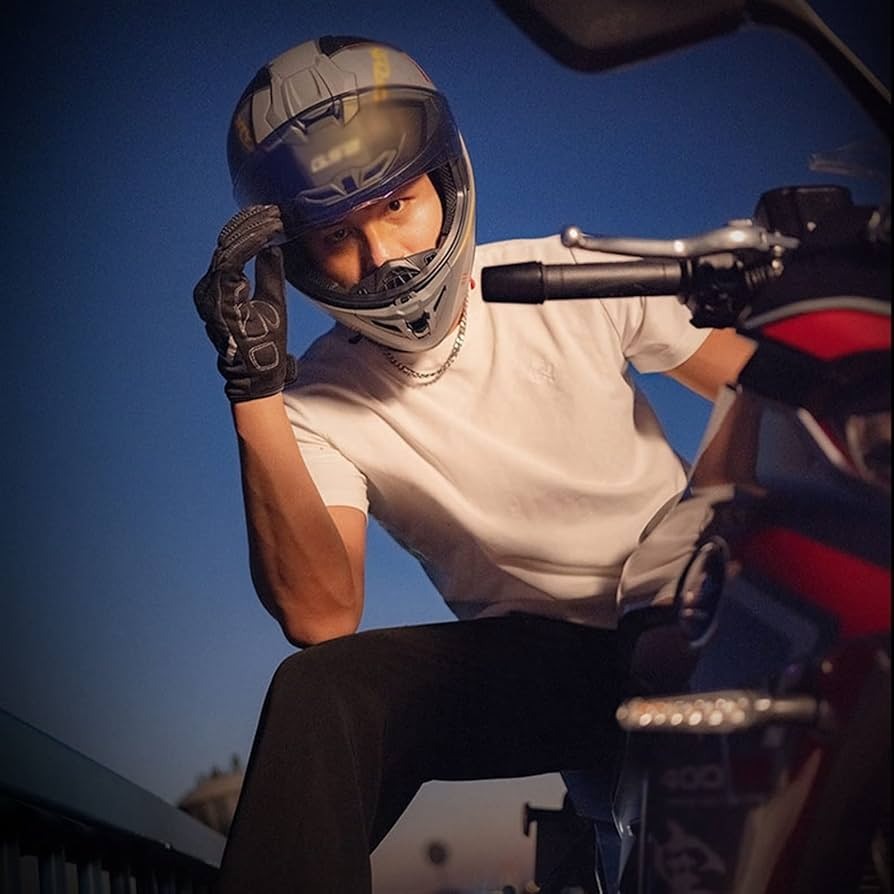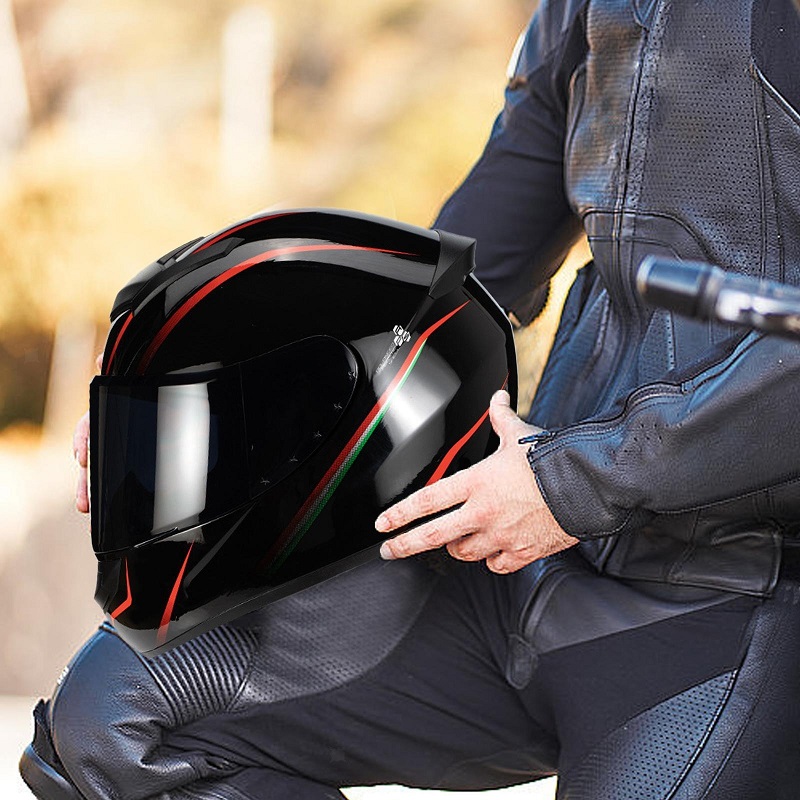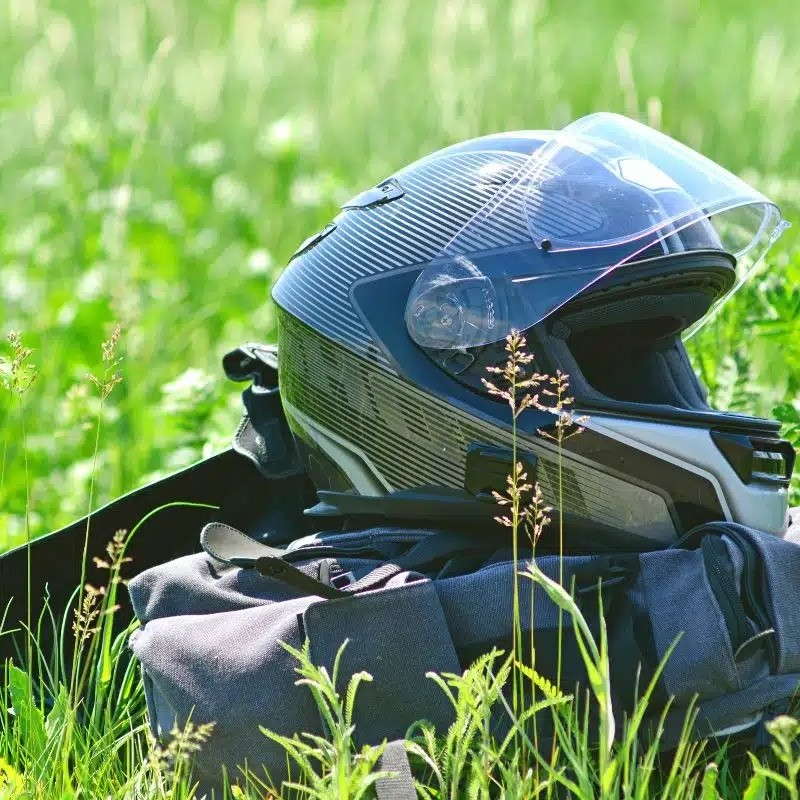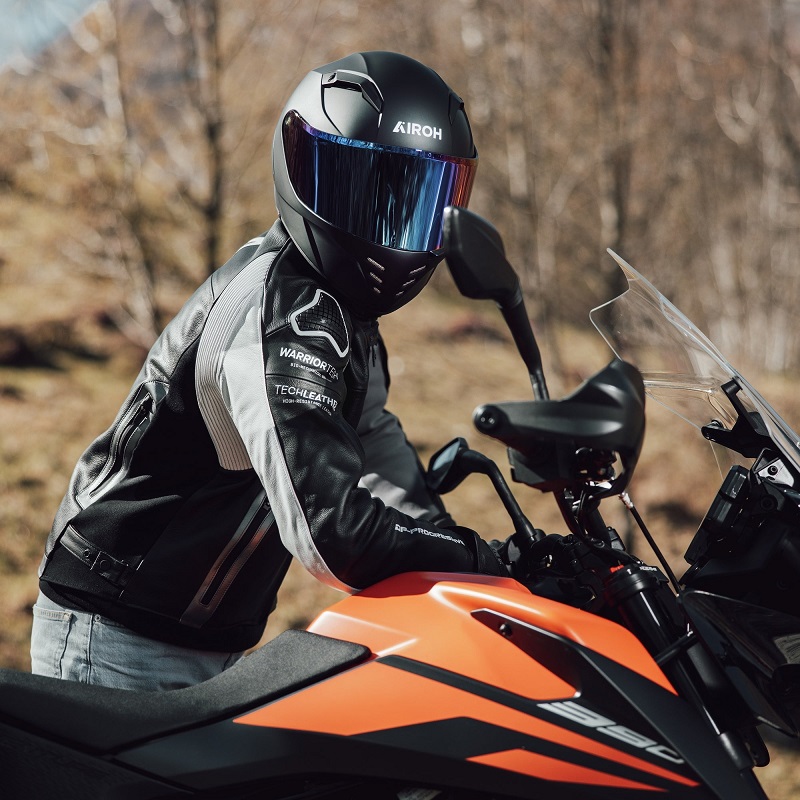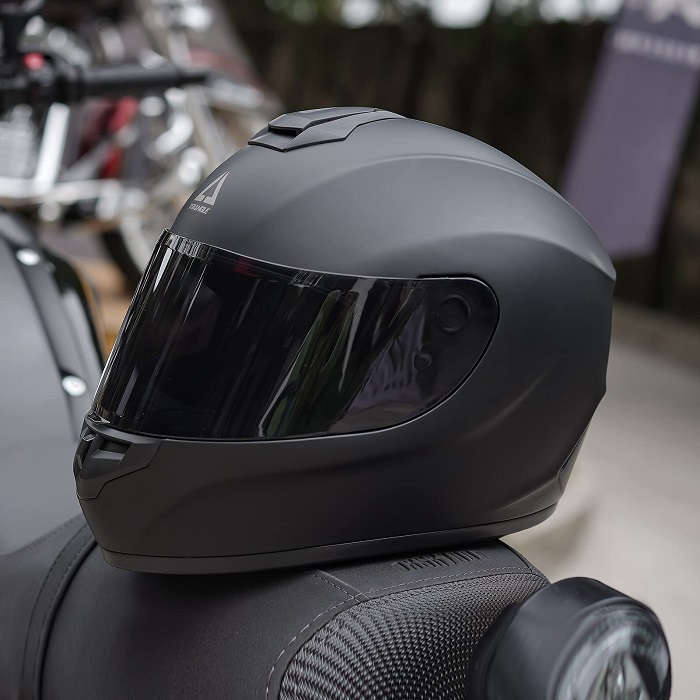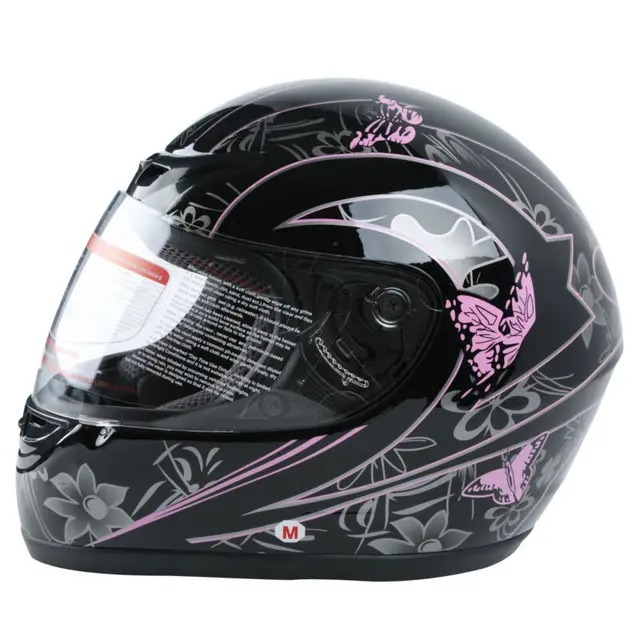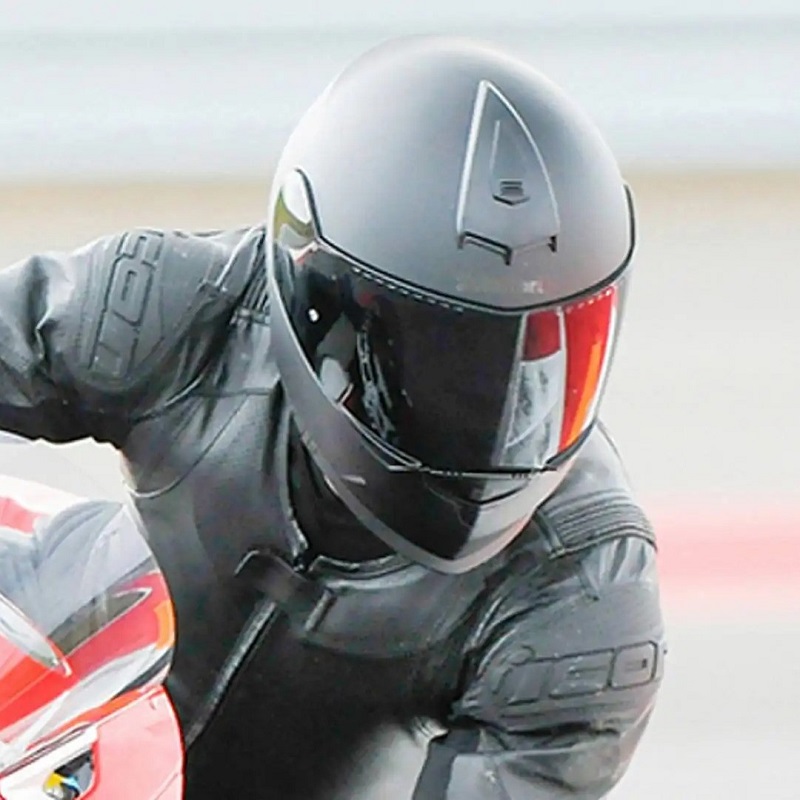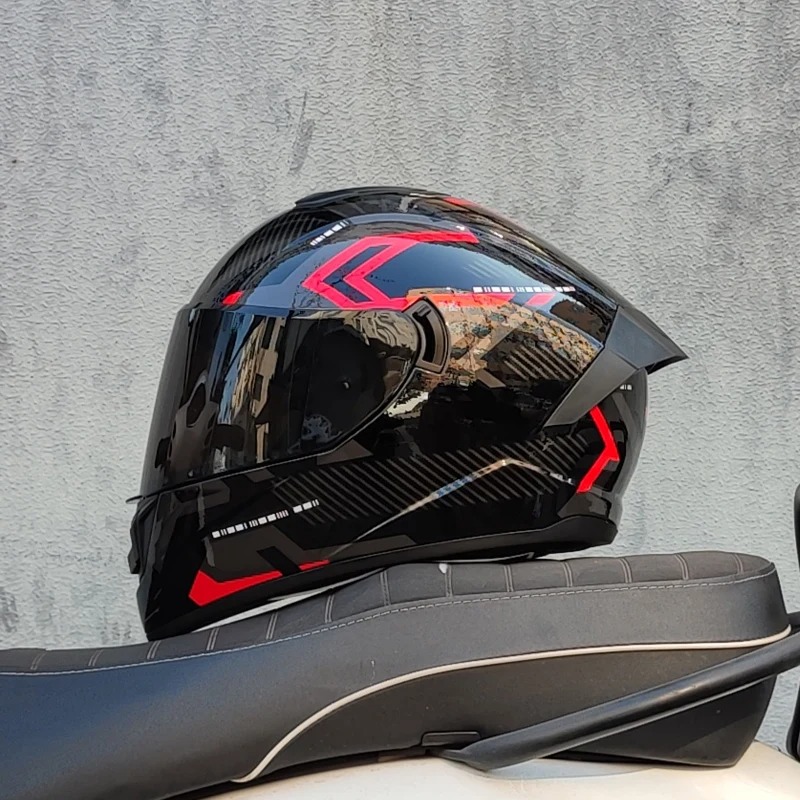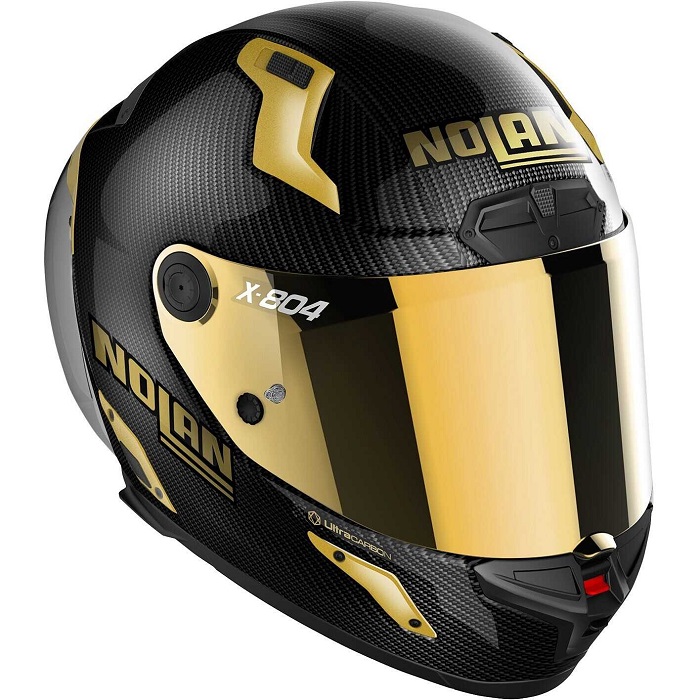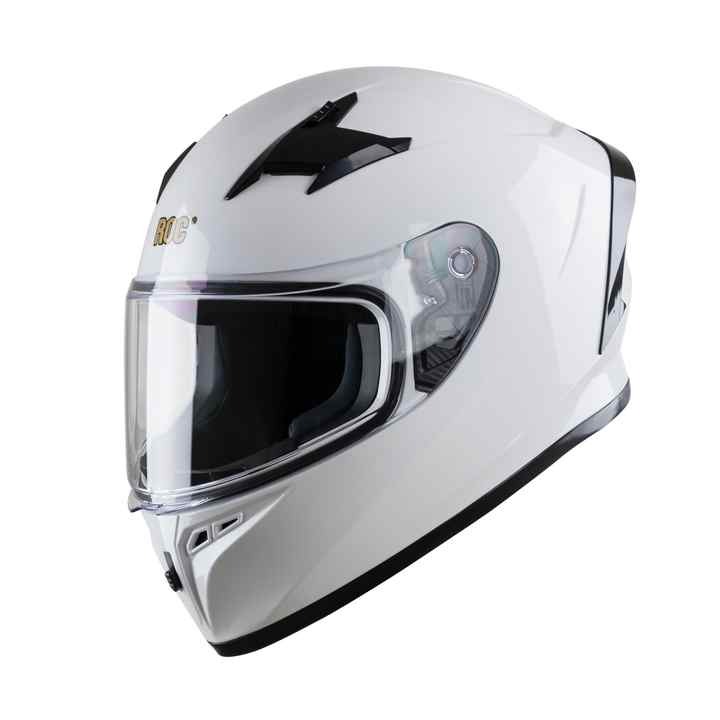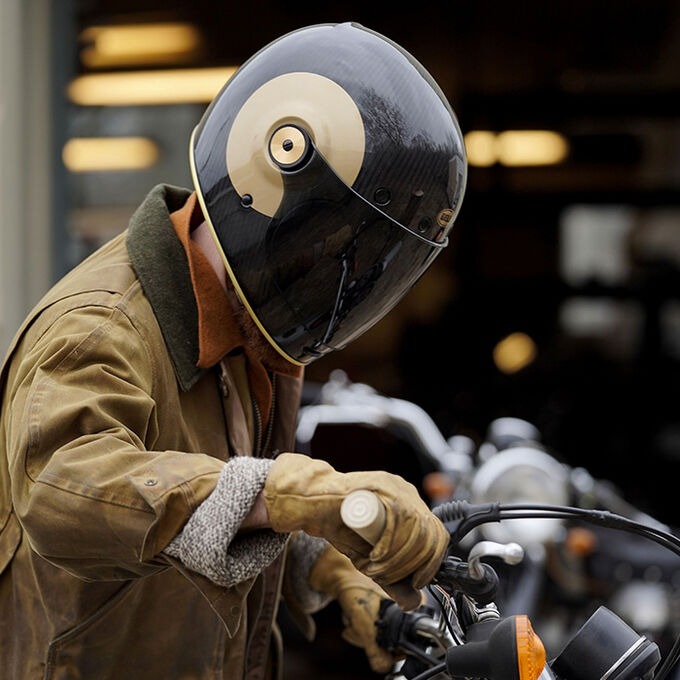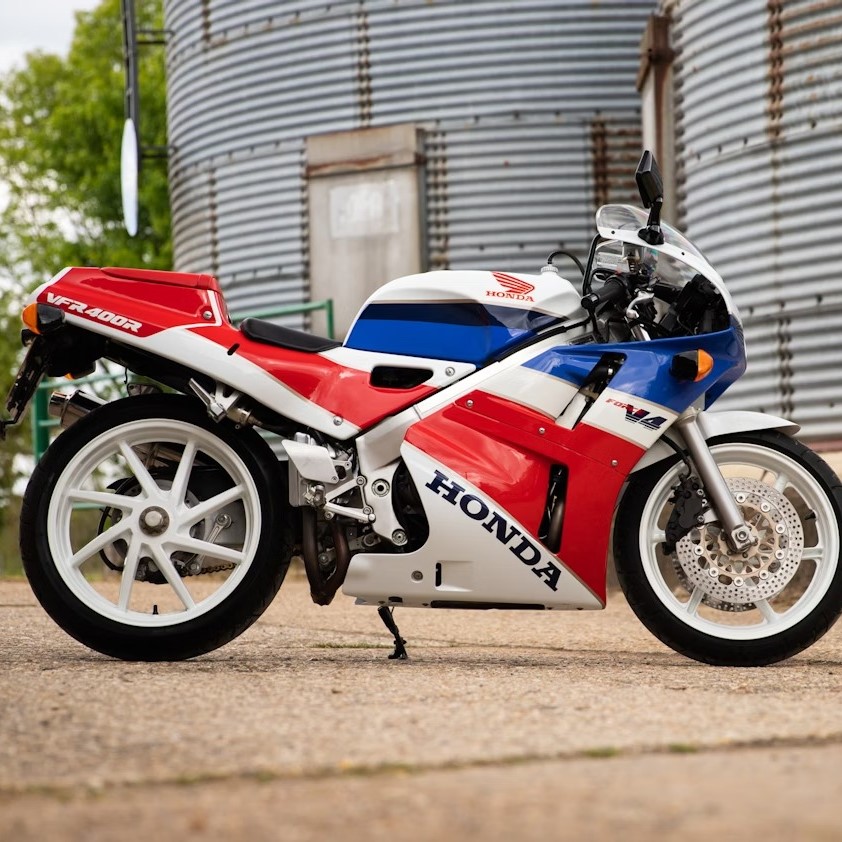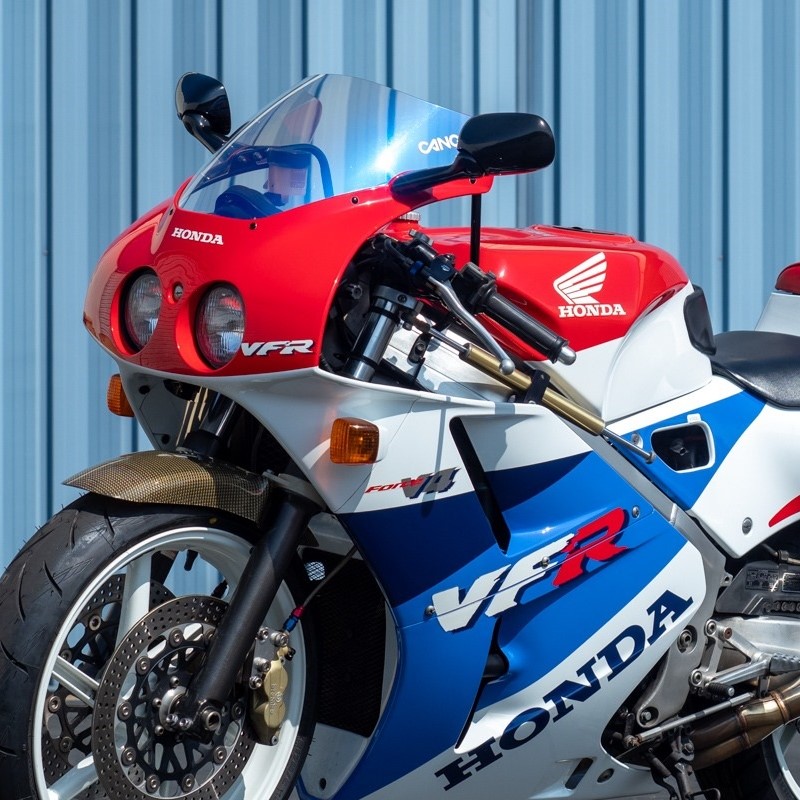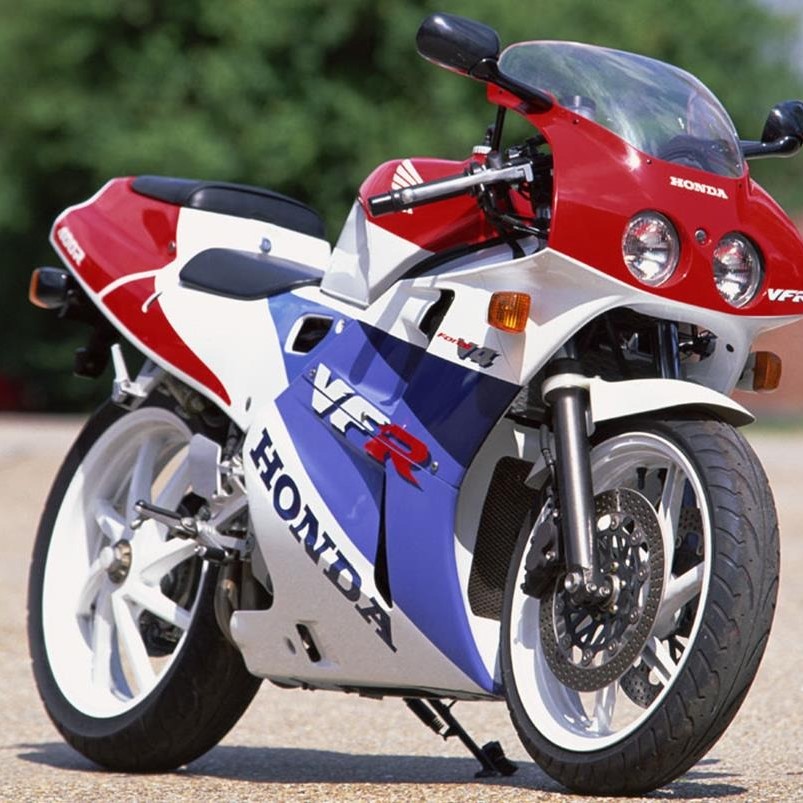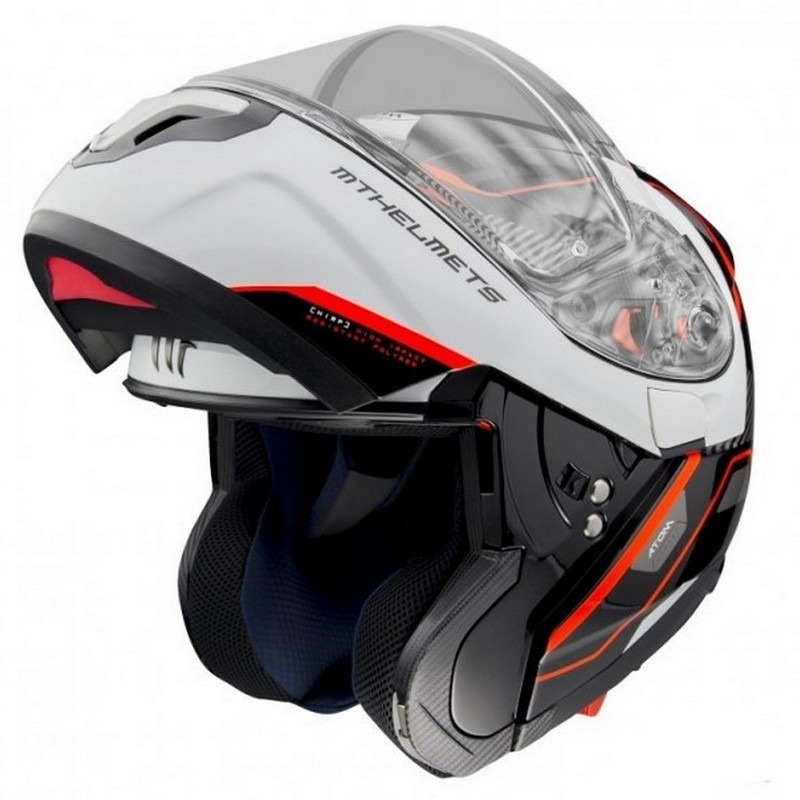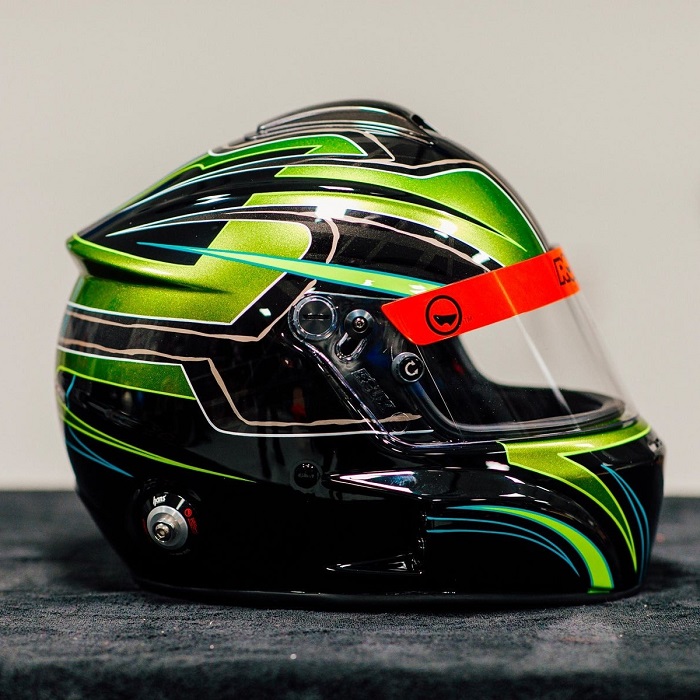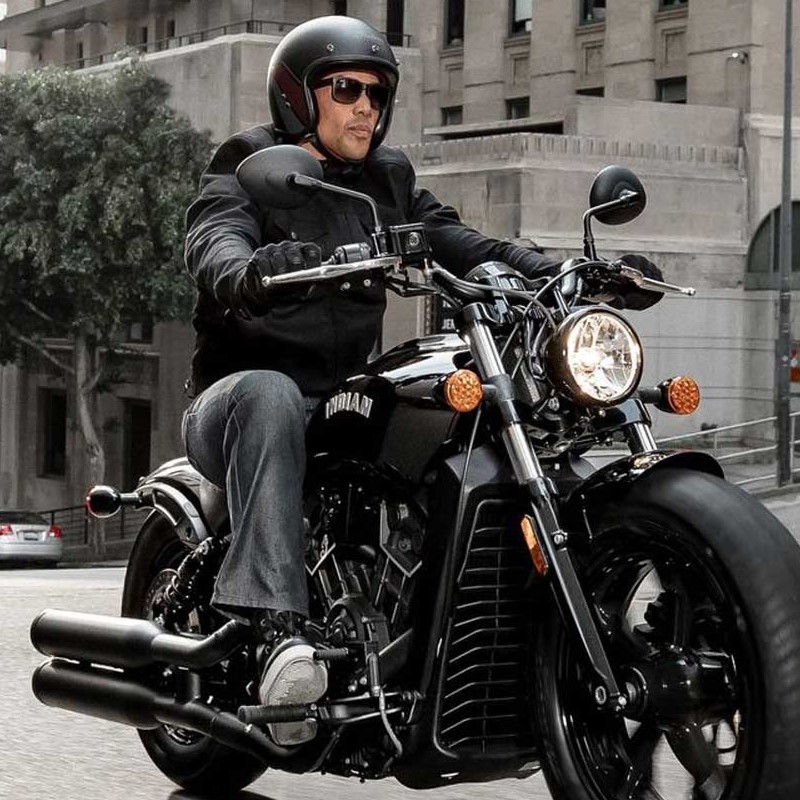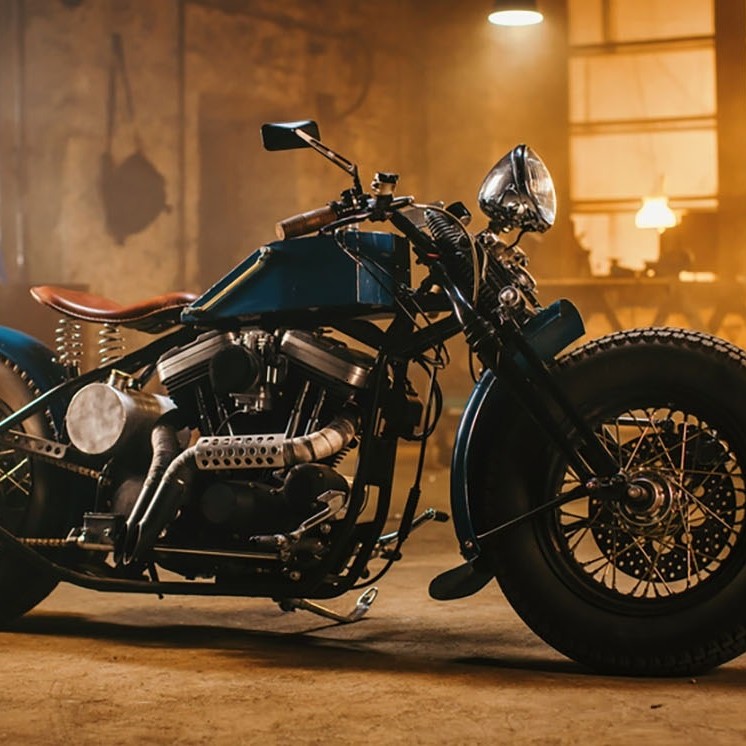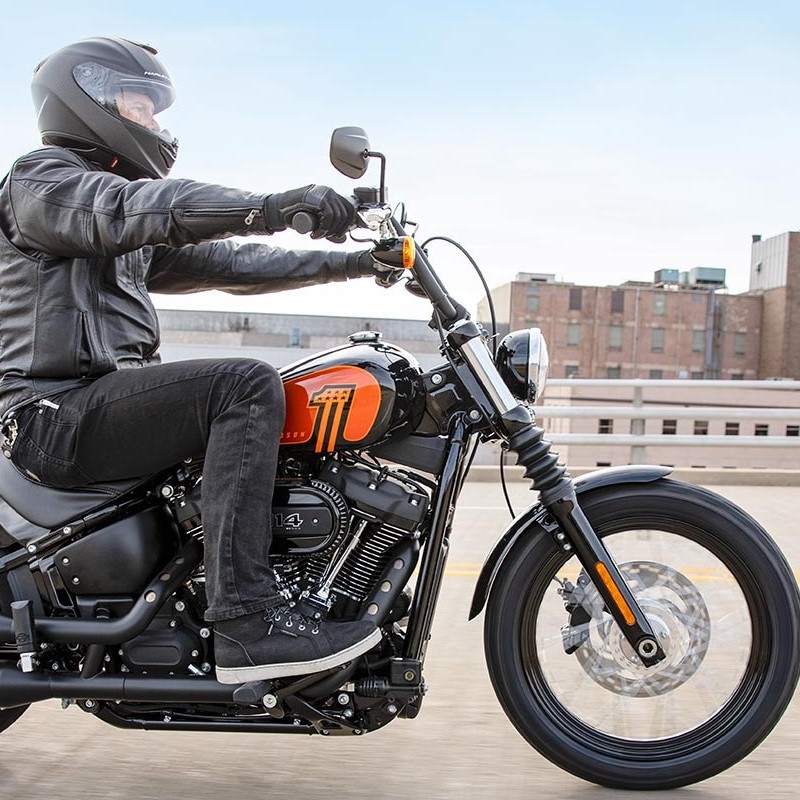Mar 3, 2025
Comprehensive Guide on How to Check Helmet Size Correctly
Why Helmet Size Matters
When it comes to safety gear, a helmet is essential. Its size directly impacts effectiveness. A loose helmet won’t stay in place during a crash and can leave you exposed to injuries. A tight helmet isn’t just uncomfortable; it can cause headaches and impair blood circulation. Therefore, ensuring your helmet fits correctly is crucial for optimum protection and comfort. Knowing how to check helmet size is the first step to safety. Remember, a good fit gives you the confidence to focus entirely on the ride without distractions. Properly sized helmets can also enhance visibility by staying in the right position, allowing you to see hazards sooner. Always prioritize a helmet that feels secure and snug without applying too much pressure on any part of your head.
Key Measurements for Helmet Sizing
To ensure a helmet offers the protection it’s designed for, taking precise measurements of your head is vital. For finding out how to check helmet size correctly, you’ll need to know which measurements matter most. Here are the key measurements:
- Head Circumference: This is the primary measurement for helmet sizing. Use a flexible tape measure. Wrap it around your head, about an inch above your eyebrows, making sure it’s level all the way around. This captures the largest part of your head, which is essential for a snug fit.
- Head Shape: Everyone’s head is shaped differently. Helmets come in various shapes to accommodate this. Generally, head shapes fall into three categories: round oval, intermediate oval, and long oval. Identify your head shape to choose a helmet designed for maximum comfort and stability.
- Head Width: For those with a broader head, width can be key to a comfortable fit. Measure across your head from ear to ear at the widest point.
- Head Length: Similarly, head length matters, particularly for long oval shapes. Measure from the forehead to the back of the skull at its longest point.
Keep a record of these measurements as they will come in handy when comparing against helmet sizing charts. Remember, a few millimeters can make a significant difference in a helmet’s fit, so measure accurately. Up next, we’ll walk through a step-by-step guide to measuring your head to ensure you get those numbers right.
Step-by-Step Guide to Measuring Your Head
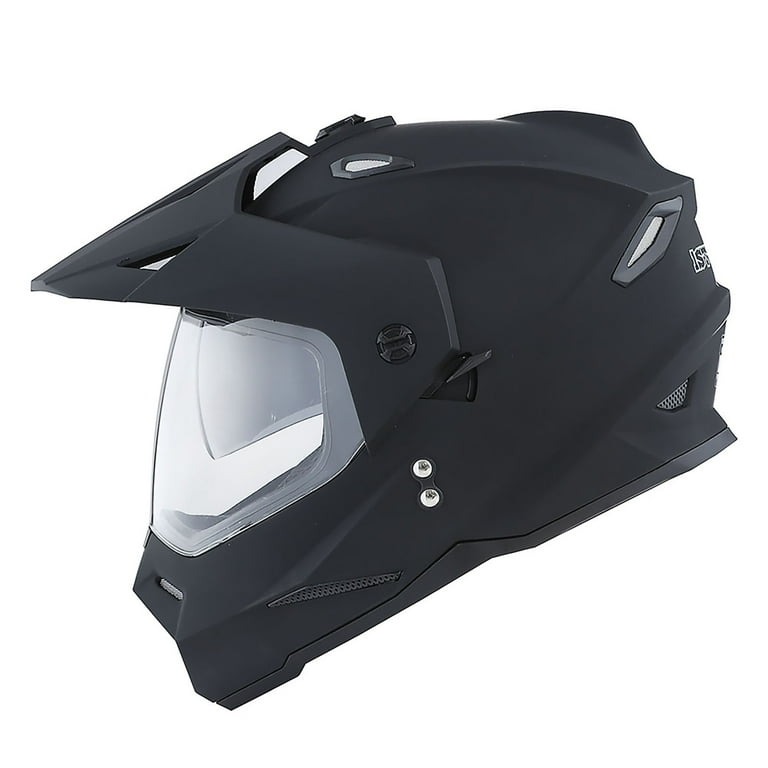
Getting the right helmet size starts with accurate head measurement. Here’s a step-by-step guide on how to check helmet size correctly:
- Find a Flexible Tape Measure: Before you start, ensure you have a soft, flexible tape measure. Cloth ones used for sewing are ideal.
- Position the Tape Correctly: Place the tape about one inch above your eyebrows. This is the most substantial area of your head. Ensure the tape is level and snug.
- Measure Your Head Circumference: Wrap the tape around your head. Do not pull it too tight. It should sit comfortably. Take note of the measurement where the tape overlaps.
- Record Your Head Shape: Compare your head shape to the three categories: round oval, intermediate oval, and long oval. Use a mirror or ask a friend to help assess your head shape.
- Measure Head Width and Length: For width, measure ear to ear at the widest point. For length, go from your forehead straight to the back of your skull.
- Write Down Your Measurements: Jot down each measurement accurately. You will use these when comparing to sizing charts.
Repeat the process a couple of times for accuracy. Differences in measurements can lead to a poor fit. Be honest with your sizing, even if it’s different from what you expected. The correct size ensures safety and comfort.
Understanding Helmet Sizing Charts
Once you have your head measurements, the next step in how to check helmet size is to understand helmet sizing charts. These charts are vital tools provided by helmet manufacturers to help you find the right fit.
Here’s how to read them:
- Find the Right Chart: Different brands may have unique sizing charts. Always use the chart provided by the helmet brand you’re interested in.
- Compare Your Measurements: Look at the chart and find where your head circumference falls. Helmet sizes often come in small, medium, large, or numbered sizes.
- Consider Head Shape: Some charts include head shape. Match yours to the shape categories provided.
- Check for Additional Sizing: See if the chart offers width and length measurements. This ensures a more tailored fit, especially for non-standard head shapes.
- Look at Age and Gender Recommendations: Some charts tailor sizes to women, men, or children. Consider these when choosing.
Reading the sizing chart correctly is critical in selecting the right helmet size. It strikes a balance between comfort and safety. If the numbers match, but the fit doesn’t feel right, try a different brand or model. The fit should feel snug but not tight, and the helmet should sit level on your head without tilting. This ensures your helmet provides maximum protection and stays in place.
Now that you know how to use sizing charts, the next step is to try on helmets using these guidelines.
Tips for Trying on Helmets
Trying on helmets is more than just picking a size and going. Use these tips to ensure the helmet you choose offers the best fit for your safety and comfort.
- Wear Your Gear: Try on the helmet with any headgear you usually wear when riding. This includes bandanas or skull caps.
- Use the 2V1 Rule: Ensure the helmet has a snug fit. A proper fit means only one or two fingers should fit between your chin and the strap.
- Check the Pressure Points: Wear the helmet for a few minutes. It should be tight but not push hard against your skin. Look for pressure points that may cause discomfort over time.
- Shake Test: With the helmet on, shake your head from side to side. The helmet should stay firm and not slide around.
- Glasses Compatibility: If you wear glasses, put them on with the helmet. Make sure they fit comfortably together.
- Look for the Seal: The helmet should seal around your forehead and cheeks. A good seal helps block out wind noise and debris.
- Try Different Sizes: Even with your measurements, sizes may vary between brands. Try on several sizes to find your best fit.
Following these tips helps you pick a helmet that fits well. A good fit ensures your helmet can protect you as it should. Remember to take your time when trying on helmets—comfort and safety are worth the extra effort in how to check helmet size.
Adjusting Your Helmet for the Best Fit

Once you’ve chosen a helmet based on your measurements, adjusting it is key for a perfect fit. A well-fitted helmet not just stays in place but also feels comfortable. Here’s a quick guide to fine-tune your helmet fit:
- Adjust the Straps: Helmets come with straps to help secure them. Position the Y-part of the strap just below your ears. Then, buckle up and tighten until snug. Make sure you can still move your jaw comfortably.
- Check the Pads: Interior pads provide cushioning and a better fit. Your helmet should have several pads. You might need to adjust them. Add or remove pads to avoid any pressure points.
- Test the Fit: After adjustments, wear the helmet for a while. It should press evenly around your head. There should be no gaps. The helmet should not tilt forward or backward.
- Rear Stabilizers: Some helmets have a dial at the back for minor adjustments. Turn the dial to fine-tune the fit until it feels secure.
- Top and Front Vents: Position the vents to optimize airflow. Proper ventilation helps keep you cool and comfortable.
- Final Check: Look in a mirror or ask a friend to check the helmet’s position. It should sit level on your head and not obstruct your vision.
Remember, helmets may shift over time with regular use. Recheck the fit often. Adjust your helmet before every ride to ensure continuous safety and comfort. Keep in mind how to check helmet size and adjust when necessary.
Common Mistakes to Avoid When Sizing a Helmet
Choosing the right helmet can be tricky if you’re not careful. There are common pitfalls that many encounter while figuring out how to check helmet size. Here’s what you need to watch out for to avoid these mistakes:
- Ignoring Head Shape: Your head shape is just as important as your head size. Not all helmets can fit all head shapes. Make sure you consider this when checking for the right helmet.
- Using the Wrong Measuring Tape: A non-flexible ruler can give you incorrect measurements. Always use a soft, flexible measuring tape that can contour to your head.
- Wrong Positioning of Tape: It’s vital to place the measuring tape correctly. An inch above the eyebrows and around the largest area of the head is the right way.
- Not Trying Different Brands: Helmet sizes can vary across brands. What is a medium in one brand may be a large in another. Always try different brands to find the best fit.
- Tightening Too Much: When adjusting the chin strap, it shouldn’t be so tight that it’s uncomfortable. It should be snug enough to fit only one or two fingers between the strap and your chin.
- Ignoring Comfort for Style: Don’t choose a helmet based on looks alone. Comfort and safety should be your top priorities.
- Forgetting to Check the Strap: The strap is a critical component of a helmet’s security. Ensure it’s not twisted and lays flat against your skin.
By avoiding these common errors, you increase your chances of finding a helmet that fits well and provides maximum protection when you’re riding. Remember, taking the time to learn how to check helmet size correctly is worth the effort for your safety on the road.
Caring for Your Helmet to Maintain the Perfect Fit
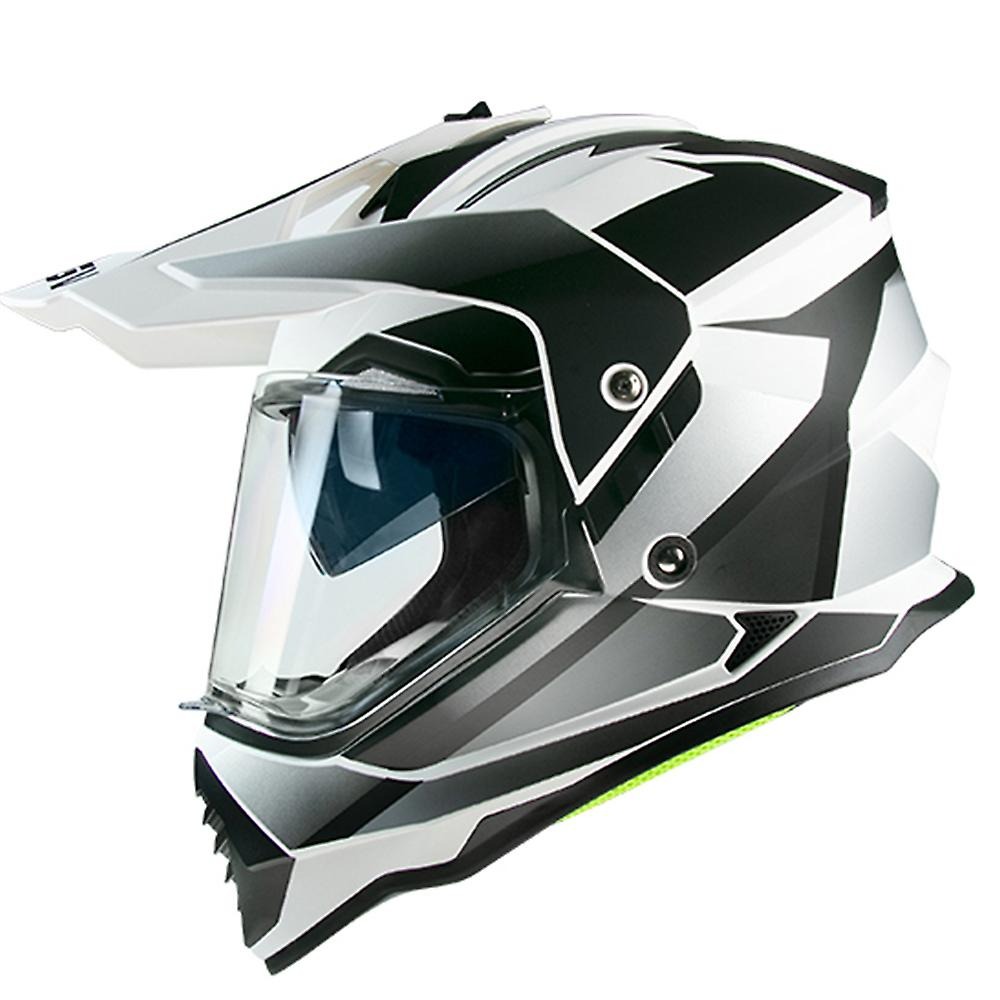
To continue enjoying the benefits of a well-fitted helmet, proper care is crucial. Here’s what you need to know about maintaining the perfect fit of your helmet over time:
- Storage: Keep your helmet in a cool, dry place when not in use. Avoid leaving it in direct sunlight or in a hot car, as extreme heat can warp the materials.
- Cleaning: Regularly clean the exterior and interior of your helmet using mild soap and water. Sweat and dirt can break down the materials, affecting the fit.
- Inspection: Regularly inspect your helmet for signs of wear and tear. Look for cracks, dents, or damage to the straps and buckles.
- Replacement Padding: Over time, padding can compress and lose its shape. Replace the pads if they no longer provide a snug fit.
- No Modifications: Don’t drill holes or make any modifications to your helmet. This could compromise its protective features and fit.
- Avoid Stickers: While stickers may look cool, they can hide damage and affect the shell’s integrity. It’s best to keep the helmet clear of these additions.
- Replacement: Helmets have a lifespan. Replace your helmet every five years, or sooner if it has suffered an impact, even if no damage is visible.
By following these care tips, you help ensure your helmet retains its fit and protective qualities for as long as possible. Always remember how to check helmet size and adjust it if needed, especially after replacing parts of the helmet. This way, you maintain your safety and comfort on every ride.
More Details